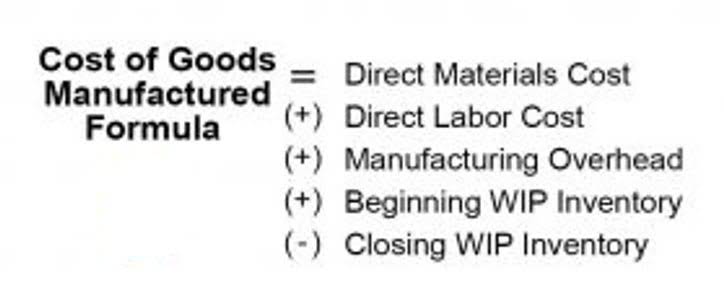How to Calculate Working Capital: Guide, Formula, Examples

Net working capital (NWC) is used to determine the financial health of a business by calculating the difference between a company’s current assets and current liabilities. You can use NWC to evaluate a company’s financial trends, growth projections, and solvency. Companies in this position may struggle to meet short-term obligations, relying on costly options like short-term loans or lines of credit. These https://www.bookstime.com/ measures can increase interest expenses and reduce profitability. To mitigate such risks, companies often use cash flow forecasting to anticipate liquidity needs and adjust working capital strategies.

Positive vs negative working capital
Upon netting those two values against each other, the operating working capital of our hypothetical company is $40 million. Suppose a company had the following operating working capital line items in 2021. If you’re looking to supplement your working capital with a business loan, our partner Bluevine is a great option. You can submit a simple application with no impact to your credit, and receive a lending decision in as little as 24 hours. Where possible, refinancing short-term debt that’s pushing the net working capital into the negative can work to fix the gap. You might have guessed already with the simplicity of the net working capital formula, but calculating this figure is as easy as change in working capital formula 1, 2, 3.

Firm of the Future
Changes in NWC can demonstrate the financial trends of a business over time. NWC fluctuations can show you if your short-term business assets are increasing or decreasing in relation to your short-term liabilities. An increase or decrease in NWC is useful for monitoring trends in liquidity from year-to-year or quarter-to-quarter over a period of time. The sum of monthly payments of long-term debt―like commercial real estate loans and small business loans―that will be made within the next year are also considered current liabilities.
- Forecasting helps estimate how these elements will impact current assets and liabilities.
- They could have been invested in more productive assets, e.g., investments, or additional PPE for expansion.
- For instance, a company may have some marketable securities down as current assets, but intending to hold them for over a year takes them out of the equation.
- This allows you to calculate your net working capital, which is an indication of the solvency of a business.
- For this formula, you need information about your accounts receivable, inventory, and accounts payable.
- Another financial metric, the current ratio, measures the ratio of current assets to current liabilities.
- Finally, the importance of regular assessment and adjustment of net working capital cannot be overstated.
Common Mistakes in Calculation
To boost current assets, it can save cash, build inventory reserves, prepay expenses for discounts, and carefully extend credit to minimize bad debts. To reduce short-term debts, a company can avoid unnecessary debt, secure favorable credit terms, and manage spending efficiently. Another financial metric, the current ratio, measures the ratio of current assets to current liabilities. Unlike working capital, it uses different accounts in its calculation and reports the relationship as a percentage rather than a dollar amount. A company’s balance sheet contains all working capital components, though it may not need all the elements discussed below.

Some people think that another term for “net worth” is “working capital”. While both calculate a company’s assets and unearned revenue liabilities, the key difference is in which ones they consider. Net worth considers a company’s entire assets and liabilities, while net working capital only measures the current ones. If a company’s change in NWC increased year-over-year (YoY), a negative sign is placed in front to reflect that the company’s free cash flow (FCF) is reduced because more cash is tied up in operations.